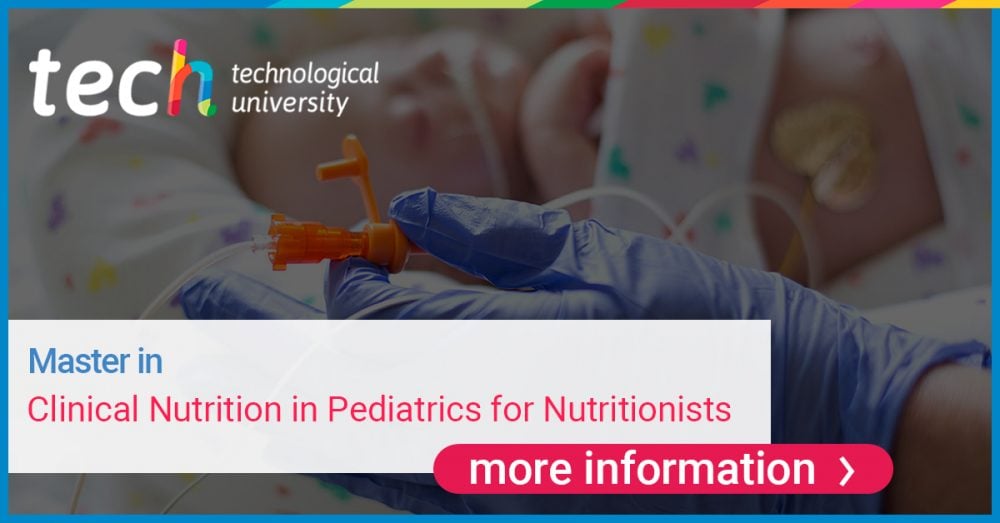Notice: Undefined offset: 2 in /home/site/wwwroot/wp-content/themes/twentynineteen-child/functions.php on line 140
Notice: Undefined offset: 2 in /home/site/wwwroot/wp-content/themes/twentynineteen-child/functions.php on line 140
Notice: Undefined offset: 2 in /home/site/wwwroot/wp-content/themes/twentynineteen-child/functions.php on line 140
Notice: Undefined offset: 2 in /home/site/wwwroot/wp-content/themes/twentynineteen-child/functions.php on line 140
Warning: strpos() expects parameter 1 to be string, array given in /home/site/wwwroot/wp-content/themes/twentynineteen-child/functions.php on line 163
A research paper requires the study of all the existing bibliography on the subject. This requires that the information analyzed is organized in the proper way, so that it can then be included correctly in the writing of reports and theses.

The elaboration of a research paper requires the following phases:
- Selection of the subject.
- Elaboration of the schedule.
- Definition of objectives.
- Literature review.
- Methodology selection.
- Conducting field work.
- Conducting analyses or experiments.
- Elaboration of results and conclusions.
- Drafting of the final document.
- Publication of the work.
Choice of topic
The correct choice of the topic for research is fundamental, because if topics that are completely unrelated are chosen, it will be more difficult to review and understand the literature. First of all, the scientific problem to be clarified must be clear. The scientific problem:
- It is an objective problem that is feasible to solve.
- Facilitates the solution of other problems in your field of knowledge.
The topic to be investigated must be well conceived and formulated from its origins to its conformation in the research topic. It must have its formal expression in the title of the research. The objective requirements to be kept in mind in the choice of the research topic are:
- Selection of a plot within an area of knowledge.
- Opening of research horizons through readings of the field and neighboring fields and consultation with specialists.
- Use of criteria of scientific relevance and human relevance for the qualification of the research topic.
- Confirmation of the existence of a scientific problem whose resolution is possible and appropriate at the present time.
- Verification of the existence of bibliographic and documentary material and, in general, of external auxiliary means.
- Verification that the problem in question has NOT been resolved.
- Status of the research topic in a program or line of research within an institute or department.
- Correct statement of the theme: distinction between main theme and collateral themes.
Work planning
When conducting research, it is necessary to know how to manage time properly. The best way to do this is to draw up a schedule that includes the tasks necessary to achieve the objectives. A very common resource to keep track of the time devoted to each task is the Gantt chart.
A Gantt chart is a tool that will allow you to plan your research efficiently. In graphical form it is:
- The start and end date of the project.
- What tasks must be performed.
- The scheduled start and end date of the tasks.
- How the tasks overlap and/or if there is a relationship between them.
- Relevant research milestones.
Data collection and interpretation
A research studies a field using the tools at its disposal, which will vary depending on what is being investigated. For example, if you are analyzing a work published by a 19th century author, you will probably need to consult other documents he wrote: the documents he used as references, documents of the authors he cites, etc. Whereas if you are analyzing the economic repercussions of an event that occurred a couple of years ago, you would start with statistical information, interviews or audiovisual documents.
The collection of information for the research starts with a correct definition of the topic. This means that when the research topic is selected, the type of information to be accessed and whether it is, at the same time, accessible or affordable must be considered. Once the topic, objectives and hypotheses are defined, the next stage of any research is the literature review, which serves to:
- To carry out the state of the art of the research.
- Find the theoretical framework to conduct the research.
Information organization

When starting an investigation, it is necessary to know the state of the matter, because it will serve as a starting point. It is necessary to make an exhaustive compilation of the information related to the topic to ensure that no important aspect is left out. All the bibliographic material analyzed should be recorded on cards that will allow the information to be registered, organized and filed, so that it can be easily and quickly retrieved. The cards can be:
- Bibliographic.
- Content: these, in turn, may be textual, summaries or personal judgments.
Writing techniques
When starting to write a research paper, it is important to keep in mind who you are addressing in order to use the appropriate vocabulary and make it as clear as possible. In order for all readers to be clear about the concepts you are referring to, it will always be necessary to define the terms you are using unless they are indisputable expressions in a discipline. In addition to defining all relevant concepts, it is important to try to write clearly and concisely.
To point out specific aspects within a research work, there is a set of Latin locutions accepted in any research work which are:
- Ibidem, Ibid. means “the same” and is used to repeatedly quote the same author in the same work, but on a different page.
- Idem. Means “the same” and is used to repeatedly quote the same author on the same page.
- Op. cit (opus citatum). It means “work cited”.
- Cf. (confere). It means “compare, consult, confront.”
- Circa, ca. Means “Approximate date or information”.
- V. gr. (verbi gratia). It means “for example”.
- et al. means “and others”.
- Sic (sicut). It means “verbatim”, “thus” or “read as is”.
- Vid. (videtur). Means “see”.
- Apud. Means “supported by”, “cited or based on”.
- Passim, pass. It means “anywhere” or “indistinctly”.
- Et seq. et sequens. Means “and what follows”.
- Vs. see. versus. Means “against”, “in comparison with”.
- N. d, undated. It means “no date.”
- N. l, non locus. It means “without place”.
Subsequent uses of a report or thesis
Once the research has been completed, a decision must be made as to what to do with the thesis. The first use that is usually made is the publication of the contents in the form of a book. It is important to keep in mind that a thesis is not a book, but a different type of document with different characteristics. A book must arouse the reader’s interest to be read, so it will be necessary to adapt the writing, style and format of the contents.
The general characteristics of the thesis, which differentiate it from a book, are the limited audience, the formal requirements, the structure and the demonstration of acquired knowledge. It can also be distributed through scientific journals or other formats that can be taught in universities or through specific training courses.
Specific research

Regarding the existing research processes and writing tools that exist to obtain optimal results in projects of different styles, TECH Technological University created high quality programs in order to train students with such skills.
The Master’s Degree in Marketing Research and Techniques Management and the Master’s Degree in Business Science Research have a 100% online training that will allow you to easily combine your studies with your professional and personal life, with the support and backing of the most efficient system in the educational market.
This complete Master’s Degree in Research in Economic Science has been developed by the best professionals in this field to offer you a complete and efficient training path that will allow you to obtain the necessary competences to carry out, in a complete way, a research in this area.


































